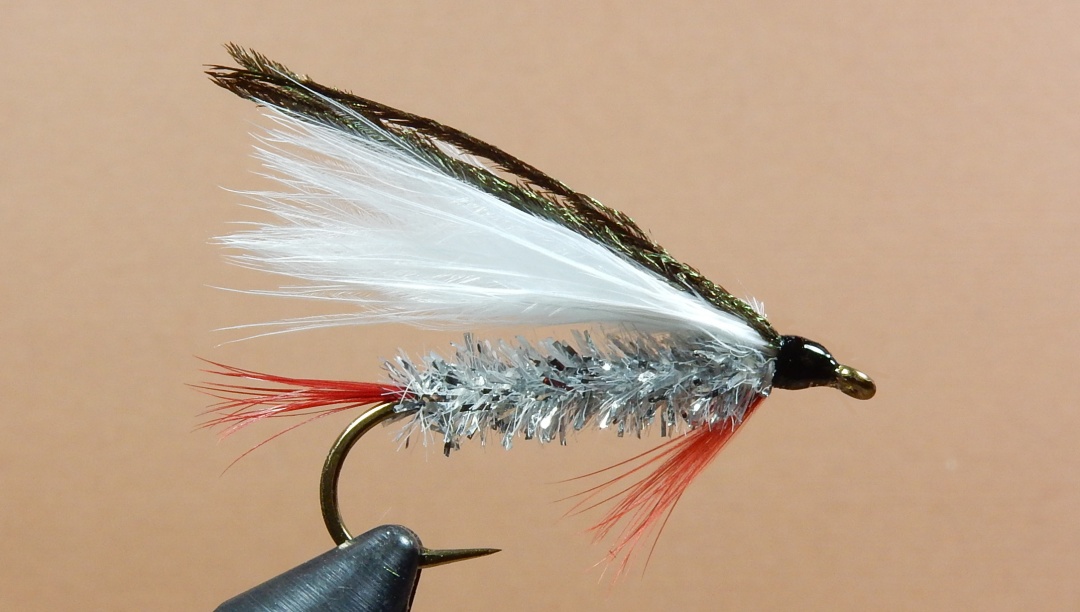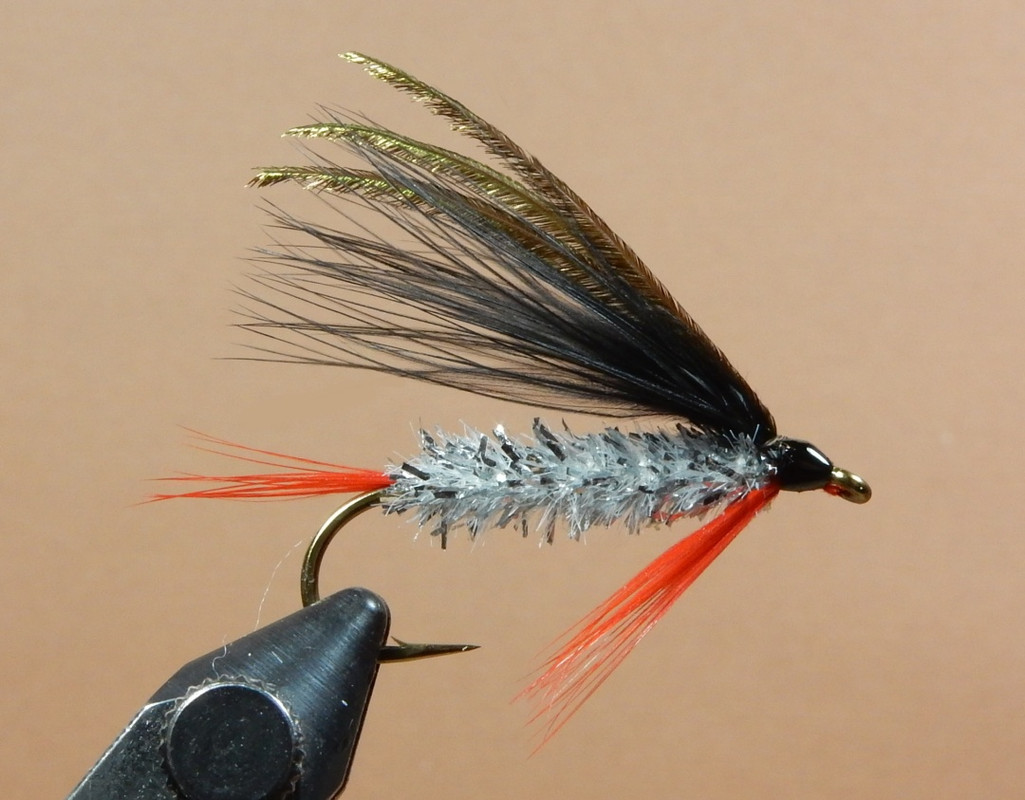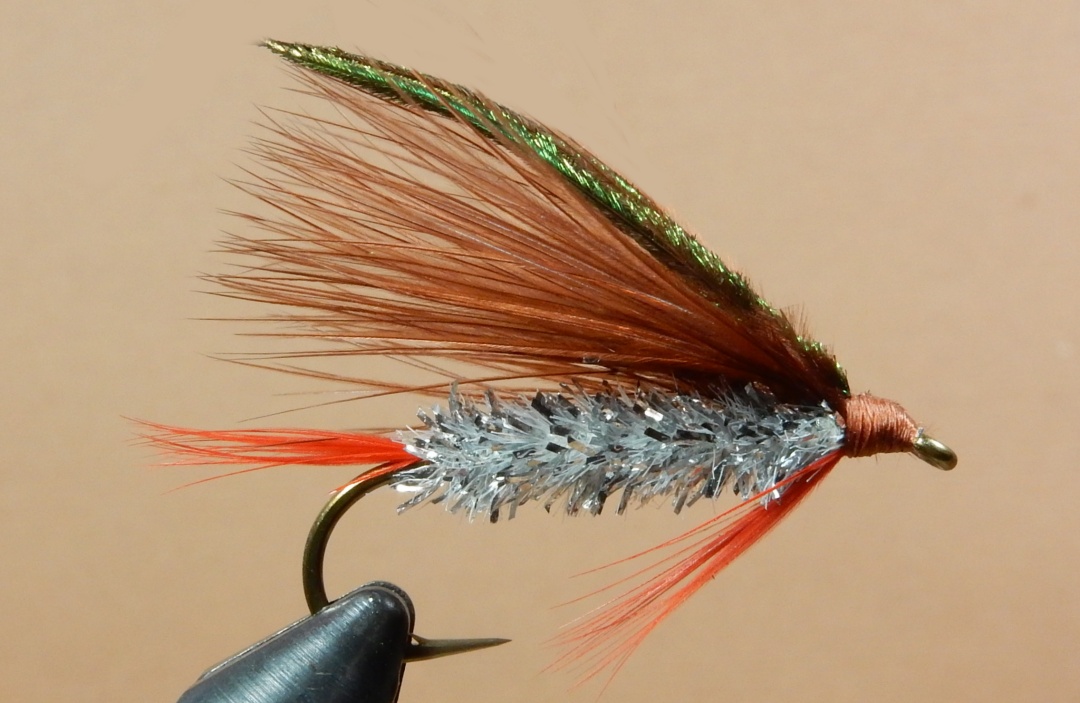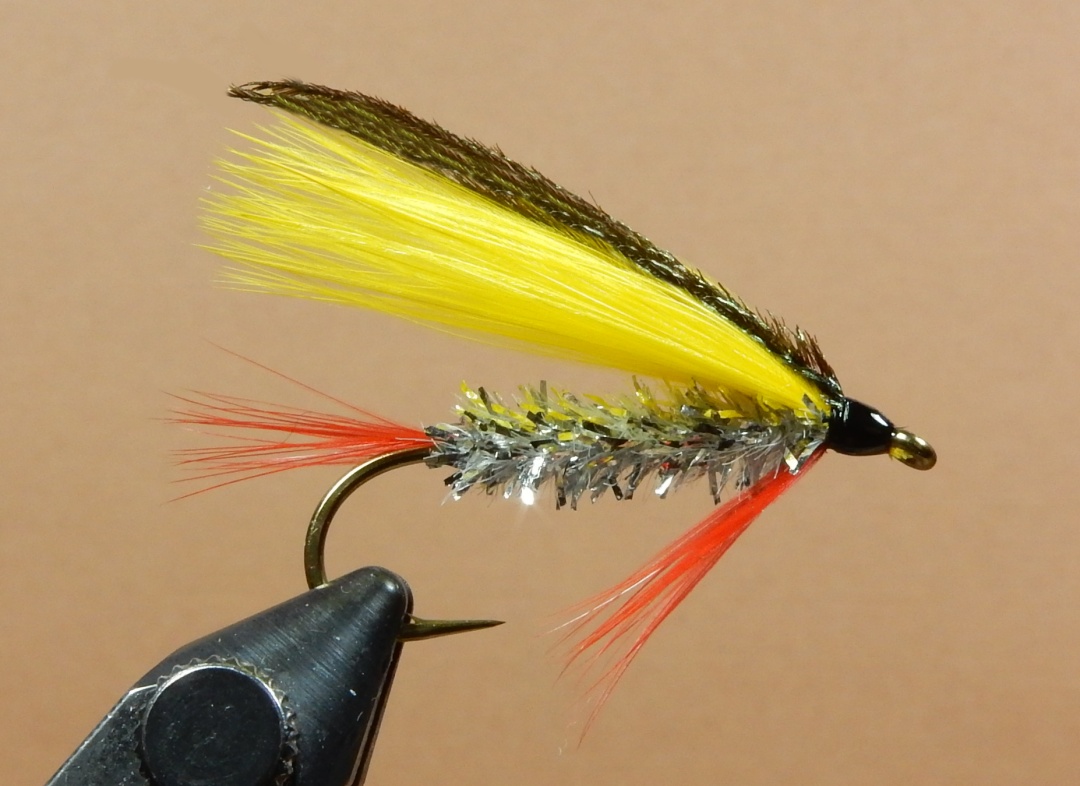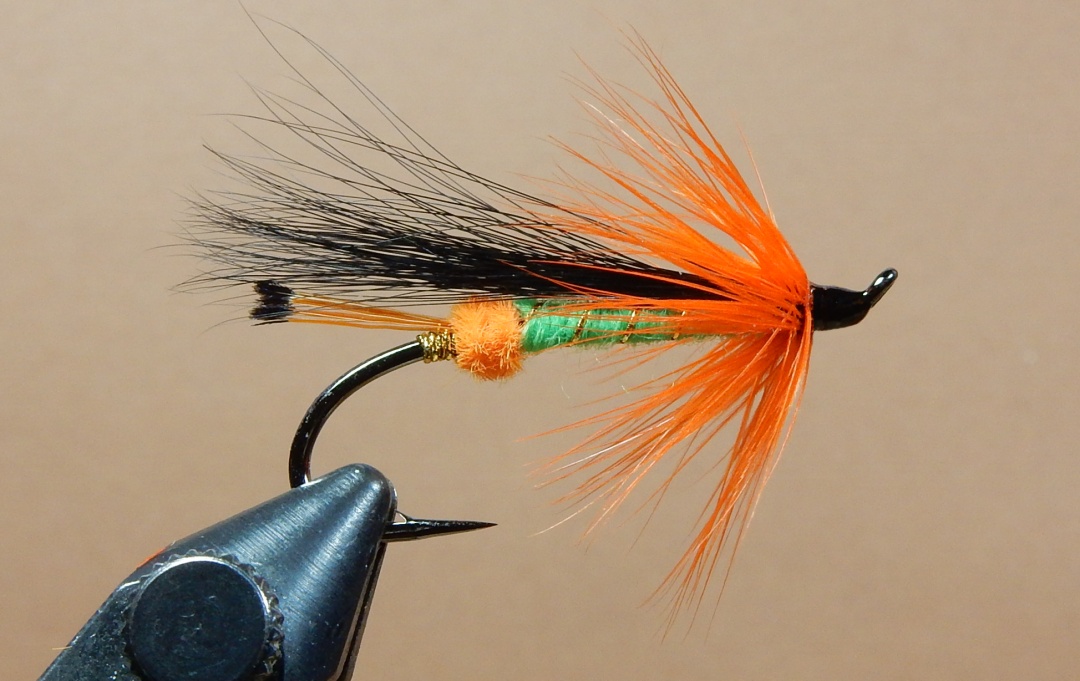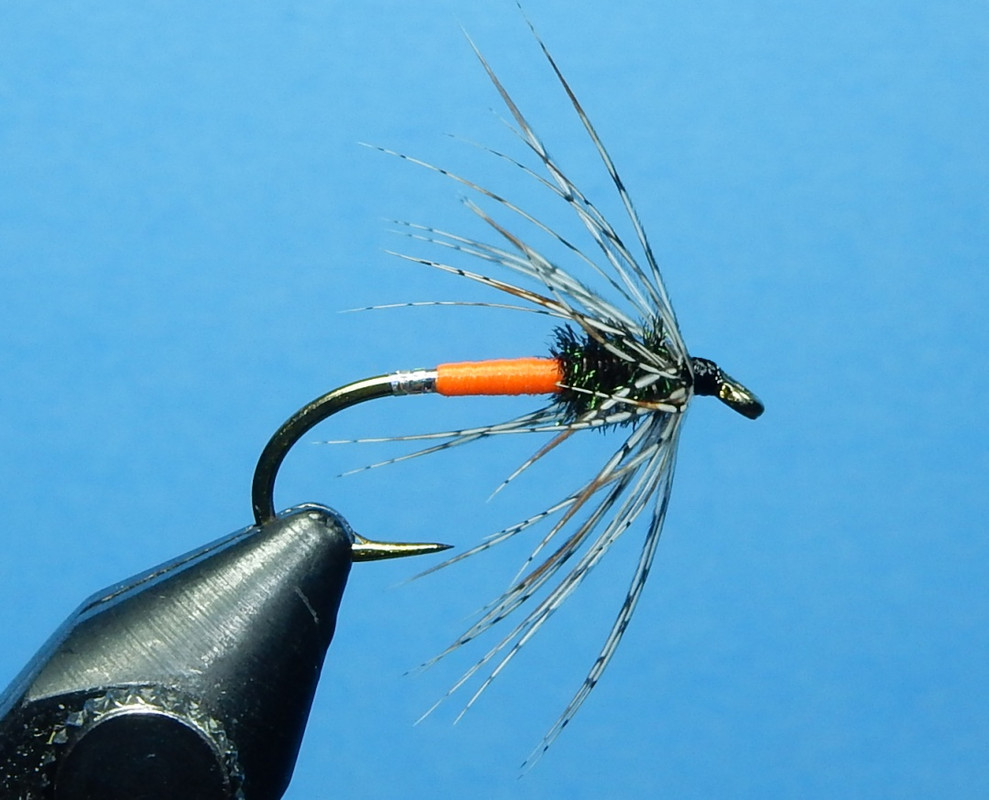Every photographer has their own proven method of taking fly photographs.
The following is strictly MY take on fly photography.
I am in no way a professional photographer. Just a hobbyist still learning.
Just some tip and tricks from over the years.
MY CURRENT CAMERA
NIKON COOLPIX S9900
A cell phone can also be used.
CAMERA TIPS
READ THE MANUAL
Somebody took the time to write it for you so why not give it a read.
It has all of the instructions and settings for your camera.
If you use the macro function, set the camera to the distance in the manual.
It's usually represented by a tulip symbol.
However, you do not have to have the camera lens nearly touching the subject to take good macro photos.
If you don't have macro on your camera, use the manual focus.
Check and set the white balance of your camera to the lighting you intend to use - it's in the manual on how to do it.
Do not use digital zoom.
Turn off the cameras flash.
More megapixel cameras are not necessary to take fly photos.
Depress the shutter 1/2 of the way down to let the camera focus on the subject. Once focused, depress the shutter the rest of the way down to take the photo (this seems to be the problem on most forums I frequent - out of focused photos and the photographer wants critiques).
Use the self-timer if that's the way you want to take the photo (not really necessary)
TRIPODS
Use a tripod to stabilize your camera.There are many options to choose from as well as price points.
Use a background color that is pleasing to the eye.Your filthy and disorganized fly-tying area is NOT pleasing to the eye.Light blue, black, gray or light green are good choices.Take a look at the fly photography of Charlie Craven and Hans Weilenmann for examples.Their photos of flies are excellent.
Background ideas for fly photography
Those 39-cent foam sheet from the hobby or department store will work for backgrounds.
Different color paper from the scrapbooking department.
MY CURRENT BACKGROUND
Typist Paper Holder
I basically use tan, blue and gray colored papers for backgrounds
I prefer to take my photos directly at my tying area.
LIGHTING
Here is my current setup.
I use 2 full spectrum daylight lamps that I purchased from my local Home Depot.
They are also available on Amazon.
Ott lights offer the same amount of light for double/triple the price.
Totally up to you which one to choose.
Camera Settings
My setting are as follows
1. Aperture mode
2. No flash
3. Macro mode
4. f6.3 f stop
5. Camera set to 8 megapixels
6. Shutter speed
7. ISO speed picked by the camera
PHOTO EDITING SOFTWARE
Photo editing software come in a couple of categories: free and you have to pay for it.
Free is for me. I am not a professional photographer and never wanted to be one.
I use free software that can be downloaded from the internet.
I personally use a free editing software called "PhotoScape X Pro".
It allows me to resize my photos and do editing as well.
Other free software is - Gimp, Photofiltre, Microsoft Paint etc.
There are photo hosting websites that allow you to edit your photos.
If you want to pay for editing software, there is: Photoshop, Paint Shop Pro etc.
I use Postimage photo hosting website to store my photos.
Re-size your photographs. Nobody likes to scroll side to side to see your photograph.
I create a folder on a portable hard drive for every fly pattern I tie. I keep 2 versions of the fly photo: Original size (straight out of the camera) and a resized version @ 1080 pixels wide. I upload the 1080-pixel wide version to my photo hosting website for use on forums/bulletin boards.
Before Editing
After Editing
FINAL THOUGHTS
Find the equipment and setup that works for YOU.
Be as frugal or extravagant as you want.




